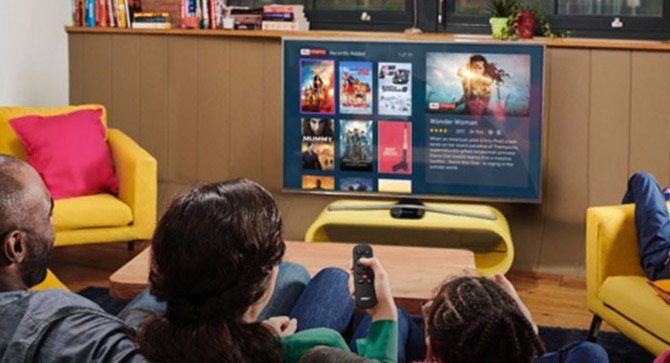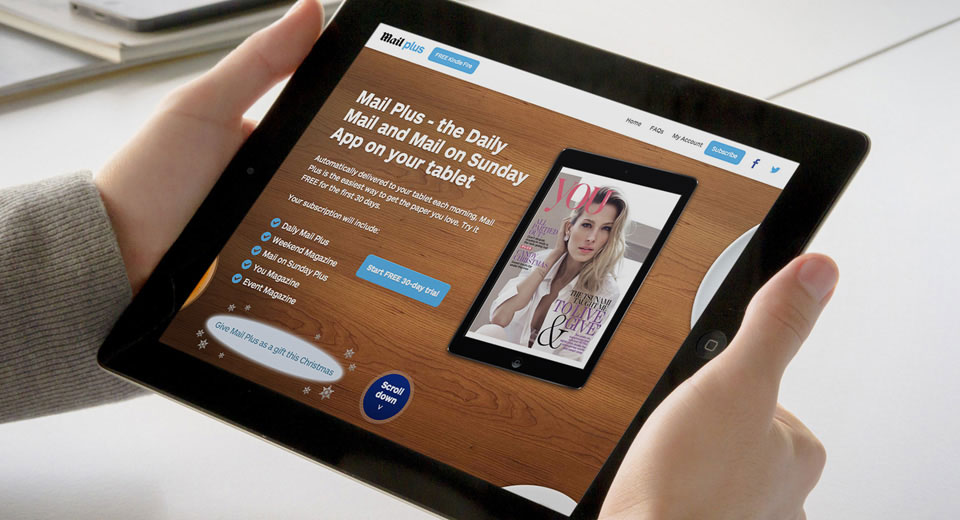How Are Millennials Changing the Sports Engagement Landscape?

What You’ll Learn:
Find out the challenges that are facing brands in the sports industry as they try to engage the digital-first millennial audience.
Chasing the millennial audience is becoming a full-time pastime for brands and marketers, who are usually left trying – and failing – to keep up with the latest technological and sociological whims. This has certainly been seen in the world of sports, where there’s been a lot of hand-wringing over how to engage with an audience that has been alarmingly resistant to the traditional channels of engagement.
Over the past few years, TV audiences for major sports have been getting smaller – and older. ESPN has lost 10% of its subscribers in three years, while the 2016 Olympics was watched by nearly 3 million fewer people on average than the 2012 tournament. It also drew its oldest audience ever, with an average age of 53, up from 45 in 2000.
This is a trend that applies to almost all major US sports, with only women’s tennis seeing the average viewer age drop, but even that remains high at 55. Major League Baseball’s average age was even higher at 57, with just 7% of its audience coming from the under-18s, while NFL isn’t faring much better, with an average age of 50 with fans under 18 making up just 9%.
So why aren’t millennials tuning into sports?
To engage with an audience – any audience – you need to understand them and know where to reach them. The evidence from a McKinsey report shows that millennials aren’t watching sports in the same way as older generations, with live streaming playing a much bigger role in how they consume sports content, using streaming apps almost twice as often and being much more likely to use unauthorized streaming sites.
They’re also much less likely to engage with advertising, with Nielsen’s Millennials on Millennials report showing that under-35s score an average ad memorability of 38% compared to 48% for the over-35s, largely because they are more likely to be second-screening.
McKinsey’s report showed that millennials engage more with some sports than others, with much smaller differences in engagement compared to Generation Xers when it comes to MLS, NBA, UFC and college sports. One area where engagement is higher for millennials than their slightly older counterparts is when it comes to women, who make up 45% of millennial sports fans compared to 41% in Gen X.
The role of social media in how millennials engage with sport is crucial, with 60% using it to check scores and sports news, while they also expect to be able to engage with their sports stars – and hold them accountable when they fall short of the expected standards on or off the field.
Engagement has to be a two-way street, and when brands or organizations forget this, they can’t expect to hold the attention of a millennial audience.
In the case of the 2016 Olympics, the IOC gave a case study in how not to engage with a millennial audience by banning the use of any unauthorised gifs or Vines of ‘Olympic Material’, thus preventing sports writers and broadcasters from using a powerful engagement tool on social media to talk about the events.
This seemed particularly ill-advised, given the amount of Olympic coverage drawn from one single fencing bout four years earlier, which drew far more attention to the sport than it would normally have received. MLB had earned criticism a year earlier for taking a similar stand against journalists using gifs from games, having previously pondered a 48 hour ban on gifs being used.
The logic behind these decisions is easy to understand, as the likes of the IOC and MLB will have been wary of losing control over their most valuable asset – the TV coverage rights – but it completely misunderstands how millennials interact with their events, and everything else in their lives.
Sharing gifs of dramatic, funny or emotional events as they happen is a part of how millennials converse with each other, so slapping a ban on them is guaranteed to turn them off what you’re trying to sell, which is getting them to care about your sport.
The sports engagement landscape is constantly evolving to meet the needs of its key audiences, and we’ve already seen brands try to play catch-up with mixed results. Millennials engage with sport differently from the generations above them, but that is an opportunity rather than an obstacle for brands that are willing to deliver them content in the way that best fits their lifestyles.
Read More: Sports Brands: Managing the Fan Lifecycle
The sports industry and its relationship with fans have shifted and evolved in recent years. Fans now engage with their favorite sports in more meaningful ways. Sports organizations need to nurture and leverage long-term fan relationships, managing and engaging throughout the fan lifecycle. Download our whitepaper below to get our in-depth analysis.
 us
us 










